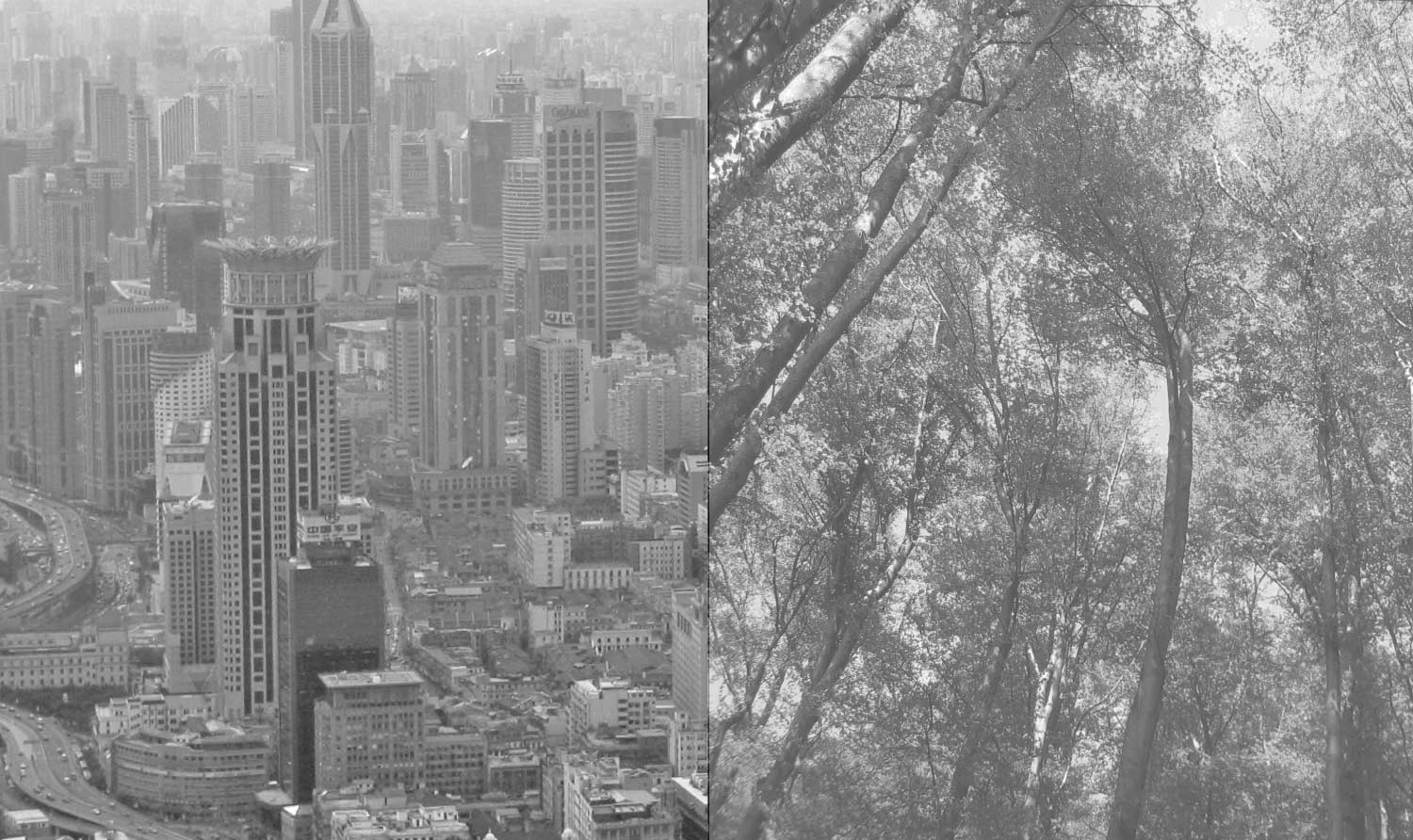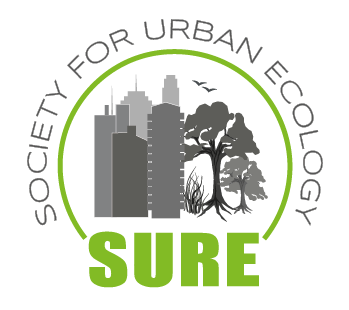Natureparif Congress 2014 in Paris
Health, well-being and adaptation to climate change
Date: 4 – 5 June 2014, Field trips 6 – 7 June 2014
Location: Paris, Halle Pajol Center
Organizers: Natureparif and Ile de France in partnership with the Society for Urban Ecology, the Urban Climate Change Research Network, iEES and Université Paris-Sud-CNRSAgroParisTech
The Society for Urban Ecology co-organized together with Natureparif and the Urban Climate Change Research Network (UCCRN) the Natureparif Congress, 4-5 June 2014 in Paris: “Nature in the city – Health, well-being and adaptation to climate change”.
For more information about the conference (program, practical information, accommodation) see the conference website or the conference report.
Members of SURE that contacted Martina Artmann got 50% off.
Prologue:
Global change, including climate change, has increasing influence on urban areas and citizens. Extreme climatic events such as storms, floods or urban heat are becoming more frequent, as well as changes in species distribution including pathogens.
Until recently, the fight against climate change has often been associated with technological choices (eg. covering river banks with concrete to prevent flooding, white painting on rooftops or evaporative cooler to reduce urban heat or technical carbon storage in soils). But more and more research shows that working with nature can be the most effective way to solve these interrelated issues. As climate change and biodiversity erosion are mutually reinforcing, environmental issues need to be addressed in a global approach. Restoring urban ecological functions will enforce city resilience while having a positive effect on human health and well being.
Indeed, greening the city can provide multiple benefits for citizens such as food production, microclimate control, soil infiltration, carbon sequestration, visual quality, recreation, and social capital. Many results show that urban vegetation helps to reduce urban heat and reduce pollution by filtration. Moreover, fertile and pervious soils are essential for primary production and the water cycle to occur. Increasing vegetation and living soils enhance carbon storage. When pollinators and other species are back to the city, they help reducing pathogens and buffer invasive species. Cities go towards a multifunctional green infrastructure that could replace the “grey infrastructure” more expensive. This approach is also promoted by the future European Union Green Infrastructure Strategy.
However, bringing nature back into the urban environment raises many technical, ethical and reglementary questions:
Which nature are we talking about?
For scientists, the issue of coherence needs to be discussed. Is it just a matter of quantity or quality is needed too?
What are the different expectations between citizens and decisions makers?
Can we still make coherent scientific decision in a complex urban context?
Natureparif 5th annual conference brings ecology into the urban environment, in partnership with the Society for Urban Ecology and the Urban Climate Change Research Network (UCCRN). This event is designed to share knowledge and discuss the success or failure of urban ecology approaches in cities.


Comments are closed here.